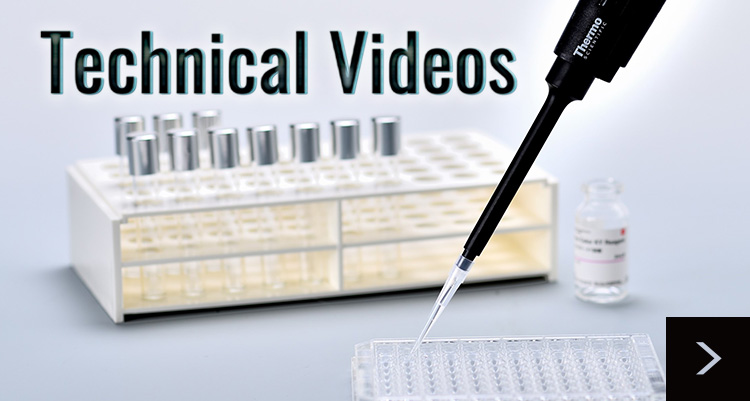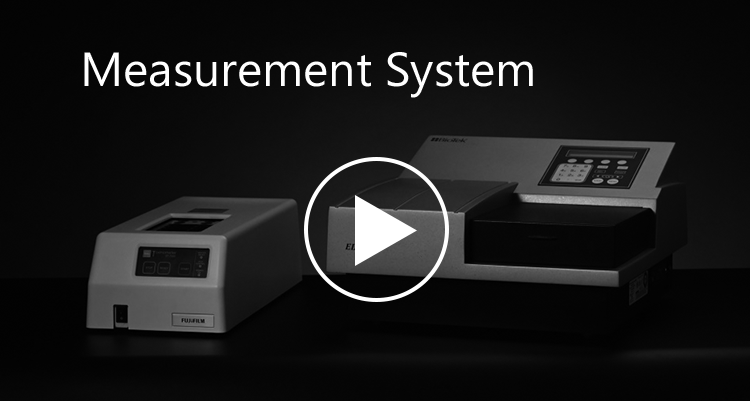Bacterial Endotoxin test
Tools, Standard Endotoxin, Interfering Factors
Tools Used for Testing
All tools used for endotoxin detection must be free from endotoxin and β-glucan. Dry-heating at 250 °C for more than 30 minutes is required to inactivate endotoxin. The use of glassware treated by dry heat sterilization is recommended. Avoid metal tools, since even a small amount of eluted metal ions (e.g. Fe, Al, Ga, Cr) may affect testing. When using disposable plastic tools (not guaranteed by its manufacturer for use for Endotoxin test purposes), check if they satisfy the requirements: 1) Not contaminated by endotoxin; 2) No adsorption of endotoxin; and 3) No eluted substance; in comparison with glassware.
Reference Standard Endotoxin
Use the appropriate type of standard endotoxin based on the testing purpose.
- Tests in compliance with The Bacterial Endotoxin Test (BET) such as final product inspection of pharmaceuticals and medical devices
→ Reference Standard Endotoxin of USP, EP or JP must be used. - Tests for inspecting materials, processes and other related subjects
→ Control Standard Endotoxin (CSE) can be used.
Interference of Sample
Precautions are required against the potential impact (reaction interferences) of samples on endotoxin tests.
These interferences are categorized into the following two types:
(1) Influence on LAL Reagent
- Protein denaturants (e.g. acids, alkalis, urea, surfactants, organic solvents)
- Protease and protease inhibitors
- Chelating agents (whereby Ca and Mg required for reactions are scavenged)
- For the chromogenic technique: coloring matter (substance with considerable absorbance at approx. 405 nm)
- For the turbidimetric technique: turbidity
(2) Influence on Endotoxin
- Metal ions (e.g. Fe, Al, Ga and Cr ions. Influential even at a micromole level)
- Surfactants
The effect of samples can be judged by a test referred to as the test for interference factors by Pharmacopoeias: namely, it is conducted by measuring a sample which has been spiked with a known amount of endotoxin and obtaining the recovery of the spiked endotoxin. If the recovery is within the 50 to 200 % range on Chromogenic Technique or Turbidimetric Technique then the sample is determined as not influential, in other words, the measured endotoxin concentration is correct. If any sample influence is found, it can be reduced by diluting the sample solution for measurement. However, dilution of the sample solution raises the endotoxin concentration value obtained through the conversion to the concentration of the original solution (pre-dilution solution). The possible dilution multiple (maximum valid dilution) is determined based on the desired endotoxin concentration to be detected and the detection sensitivity of the LAL reagent to be used (refer to BET by the Pharmacopoeia for details of the reaction interference factors and maximum valid dilution).



